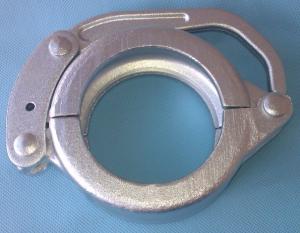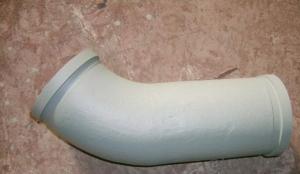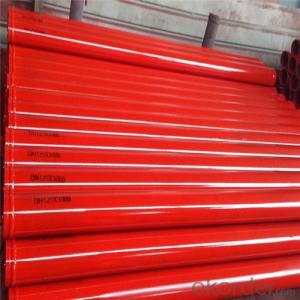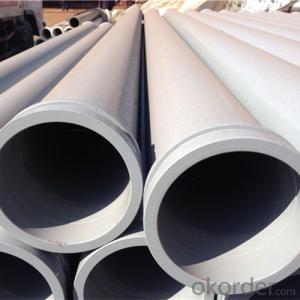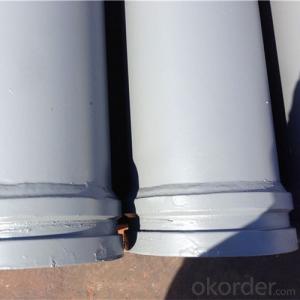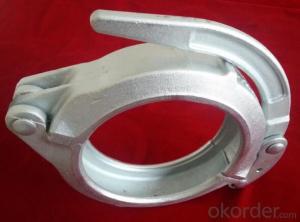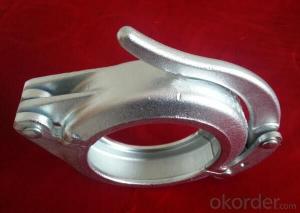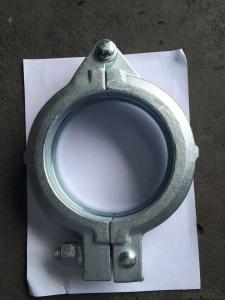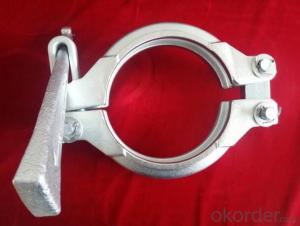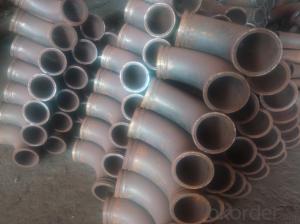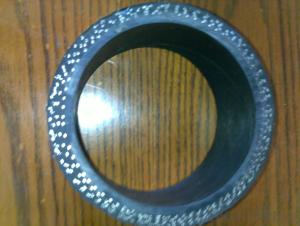Concrete Pump Clamp Coupling DN75 Forged
- Loading Port:
- China main port
- Payment Terms:
- TT OR LC
- Min Order Qty:
- 20 PCS
- Supply Capability:
- 10000 PCS/month
OKorder Service Pledge
OKorder Financial Service
You Might Also Like
Product Description:
A coupling is a device used to connect two delivery pieps together at their ends for the purpose of transmitting, and prevent the concrete from leaking. Couplings do not normally allow disconnection of shafts during operation.
Main Product Features:
1. Use high quality steel. After high-temperature 1200 forging,it’s shaped.
2.High temperature forging.
3.convenient to use, easy operation,and high safety.
4.good sealing,wear-resising,longer service life.
5.do not restrict the steering tubes, pipes during the working process can be 360 degrees rotation.
6.used in concrete pump truck,concrete pump and pipeline connection seal in construction
work equipment.
Product Specifications:
1.Forged
2.2--8 inch
3.Galvanizing/Baking varnish
4.More durable,light,beautiful
Production steps:
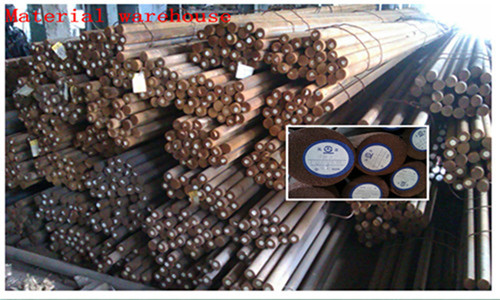

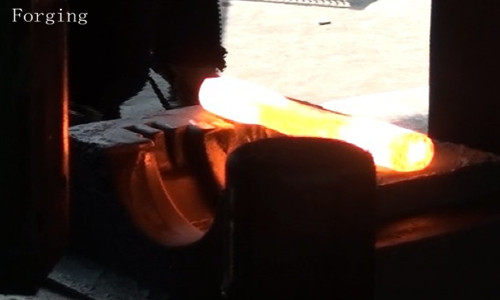
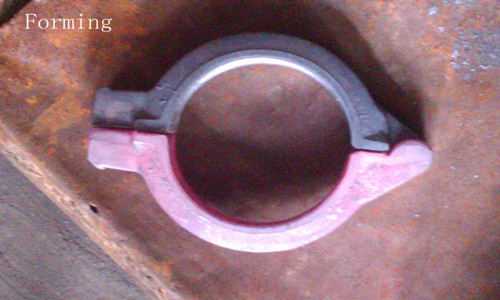

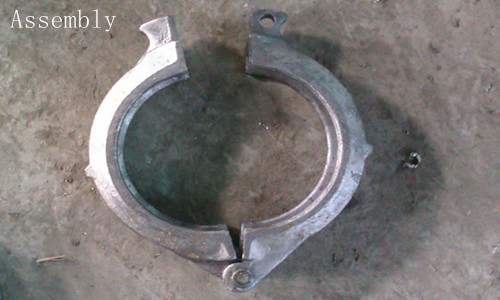
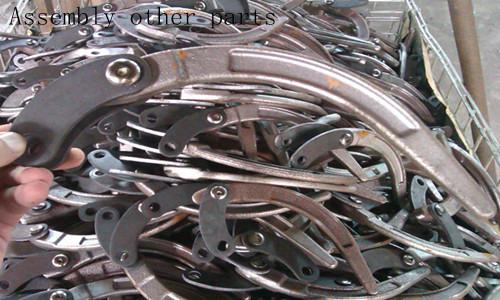
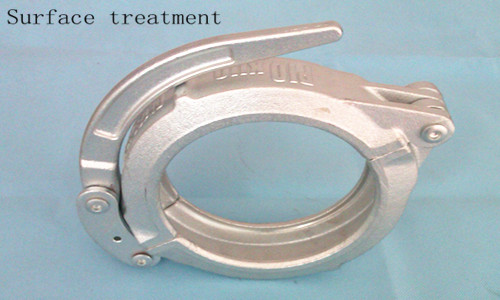
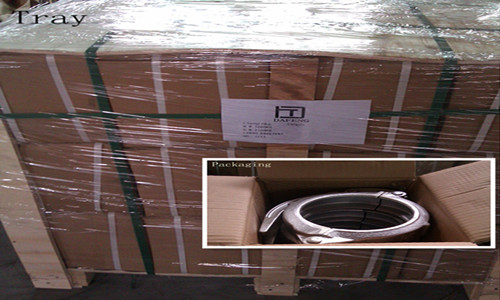
Concrete pump clamp Catalogue
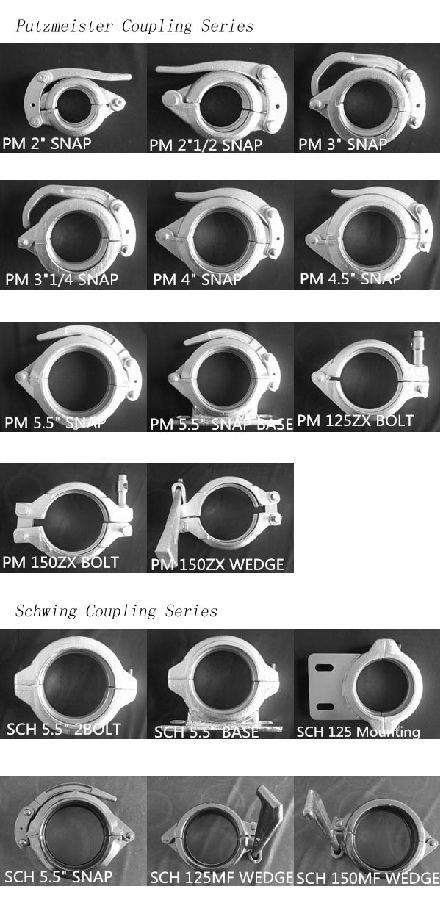
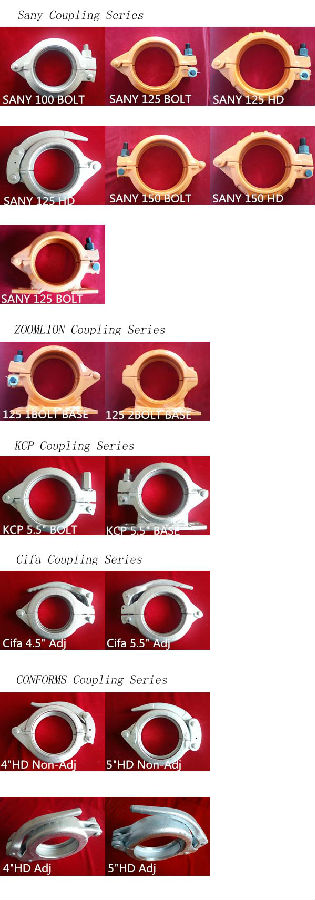
FAQ
1.How do you regarding your product quality?
As our principle is more safety to save more. In China, there are lots of manufactures of this line, but we are the first one that use the forging technic in producing, firmly meet the PM standard.
2.Can I get some samples?
Of course you can. Small sample for free, but you pay the express. For some products are not small, like concrete pump pipe, it’s very difficult to deliver one pipe of 3000mm. If it’s possible, we’d like that you can come here to visit our factory. Welcome!
3. I want to make our logo on the products, is that ok?
Yes, it’s totally ok. OME is available from us.What you should do is send your logo, brand name, or picture to us. And let other things leave on us.
- Q: How often should concrete pump control valves be inspected and replaced?
- Concrete pump control valves should be inspected regularly to ensure they are functioning properly and safely. The frequency of inspections will depend on the specific conditions and usage of the concrete pump. In general, it is recommended to inspect control valves at least once every three to six months. However, if the concrete pump is used extensively or in harsh conditions, more frequent inspections may be necessary. The decision to replace control valves should be based on the inspection results and the recommendations of the manufacturer or a qualified professional. If the control valves show signs of wear, damage, or malfunction, they should be replaced immediately to avoid any potential safety hazards or disruptions in the operation of the concrete pump. Regular maintenance and timely replacement of control valves are crucial to ensure the efficient and safe operation of the concrete pump.
- Q: How often should a concrete pump cleaning ball be used?
- A concrete pump cleaning ball should be used after every pumping job or at least once a day to ensure the cleanliness and proper functioning of the pump. The cleaning ball helps remove any build-up or debris that may have accumulated inside the pump and its pipes during the pumping process. Regular use of a cleaning ball helps prevent clogs and blockages, ensuring a smooth and efficient pumping operation.
- Q: What are the signs of a malfunctioning lubrication system?
- There are several signs that can indicate a malfunctioning lubrication system. Firstly, if you notice any unusual noises coming from the engine, such as grinding or squealing, it could be a sign that the lubrication system is not properly lubricating the moving parts. Additionally, if you start to experience a decrease in engine performance or a loss of power, it could be due to insufficient lubrication. Another common sign is the presence of oil leaks, which can indicate a problem with the lubrication system seals or gaskets. If you notice a burning smell or smoke coming from the engine, it could be a sign of oil leaking onto hot engine components. Finally, monitoring the oil pressure gauge is essential, as a malfunctioning lubrication system can result in low oil pressure, which can lead to engine damage if not addressed promptly. Overall, it is important to pay attention to these signs and address any potential issues with the lubrication system to ensure the proper functioning and longevity of your engine.
- Q: How to diagnose the blockage in the inlet of concrete pump?
- Make the pump reverse running to destroy the caking, return the concrete to the hopper, stir it again, and then pump it forward
- Q: What is the purpose of a concrete pump hydraulic accumulator bladder?
- The concrete pump hydraulic accumulator bladder has the important function of storing and releasing hydraulic energy within the system. It acts as a flexible barrier between the hydraulic fluid and a gas or air chamber. When hydraulic fluid is pumped into the bladder, it compresses the gas or air inside, storing potential energy. This energy can then be released to power the hydraulic system when needed, providing a surge of pressure and flow for efficient and controlled movement of the concrete. The bladder also serves to smooth out and regulate the flow of hydraulic fluid, ensuring a steady and consistent supply of power to the pump. This helps prevent damage to the pump components and ensures reliable operation. Additionally, the bladder compensates for variations in demand by releasing the stored energy when the demand for hydraulic power exceeds the supply. This temporary boost helps maintain a continuous flow of concrete, even during peak demand periods. Furthermore, the bladder acts as a safety device by absorbing and dampening sudden pressure surges or spikes in the hydraulic system. This prevents damage to the pump and other components, ensuring the safety of operators. In summary, the concrete pump hydraulic accumulator bladder stores and releases hydraulic energy, regulates hydraulic fluid flow, compensates for variations in demand, and acts as a safety device. By performing these functions, it optimizes the performance and efficiency of the concrete pump system, ensuring reliable and controlled movement of concrete.
- Q: What are the indications of a faulty concrete pump seal?
- There are several indications that can suggest a faulty concrete pump seal. Some of the common signs include: 1. Leakage: One of the most obvious signs of a faulty seal is leakage. If you notice any leaks around the seal area, it is a clear indication that the seal is not working properly and needs to be replaced. 2. Reduced pumping efficiency: A faulty seal can lead to reduced pumping efficiency. If you notice that the concrete pump is not able to deliver the same amount of concrete as it used to, or if it takes longer to complete a job, it could be due to a faulty seal. 3. Increased noise levels: Another indication of a faulty seal is an increase in noise levels during operation. If you notice any unusual or louder noises coming from the concrete pump, it could be a sign that the seal is not sealing properly and needs to be checked. 4. Vibration or movement: Faulty seals can also lead to excessive vibration or movement in the pump. If you notice that the pump is vibrating more than usual or if it is moving around during operation, it could indicate a problem with the seal. 5. Contamination: A faulty seal can allow contaminants such as dirt, dust, or water to enter the pump. If you notice any signs of contamination in the pump, it is important to inspect the seal and replace it if necessary. It is important to address any indications of a faulty concrete pump seal promptly to avoid further damage to the pump and ensure safe and efficient operation. Regular maintenance and inspection of the seal can help prevent potential issues and extend the life of the concrete pump.
- Q: Why would the plugging concrete pump pipe
- When pumping, the choice of speed is critical, operators can not blindly map fast, sometimes more haste, less speed. When pumping for the first time, due to the large resistance of the pipeline, the pump should be pumped at low speed. After the pump is normal, the pump speed can be increased properly
- Q: What are the different types of concrete pump hoses?
- There are generally two types of concrete pump hoses: steel-reinforced hoses and fabric-reinforced hoses. Steel-reinforced hoses are stronger and more durable, suitable for high-pressure applications and long-distance pumping. Fabric-reinforced hoses are lightweight and flexible, ideal for smaller projects and shorter pumping distances.
- Q: How can one source reliable suppliers for concrete pump spare parts?
- One can source reliable suppliers for concrete pump spare parts by conducting thorough research, seeking recommendations from industry professionals, checking customer reviews and ratings, and verifying the supplier's credibility and experience in the market. Additionally, attending trade shows and exhibitions related to the construction industry can provide opportunities to connect with reputable suppliers.
- Q: How do I properly maintain and replace concrete delivery pipes in concrete pump spare parts?
- To ensure the concrete pump operates efficiently and safely, it is crucial to properly maintain and replace the concrete delivery pipes in spare parts. Here are some guidelines you can adhere to: 1. Conduct Regular Inspections: Frequently check the concrete delivery pipes for signs of wear, cracks, or damage. Look out for leaks or blockages that may hinder the concrete flow. Identify weak areas that may necessitate replacement. 2. Perform Thorough Cleaning: After each use, clean the concrete delivery pipes meticulously. Use water and a high-pressure hose to eliminate any concrete residue or buildup. This will prevent clogs and maintain a smooth concrete flow. 3. Apply Lubrication: Reduce friction and prevent concrete from adhering to the inner surface of the pipes by applying a suitable lubricant. This practice will elongate the life of the pipes and guarantee a seamless concrete flow. 4. Replace Worn-out Components: Regularly monitor the condition of the delivery pipes and promptly replace any worn-out or damaged parts. Over time, the pipes may corrode or develop cracks, thereby affecting their performance. Replace these components with premium spare parts to achieve optimal outcomes. 5. Handle with Care: Exercise caution when handling the concrete delivery pipes to avoid unnecessary damage. Refrain from dropping or mishandling the pipes during transportation or storage. Shield them from extreme weather conditions and store them in a secure, dry location. 6. Prioritize Training and Safety: Ensure that the personnel operating the concrete pump are well-versed in handling and maintaining the equipment. Educate them on the significance of regular inspections, cleaning, and part replacement. Emphasize safety protocols to prevent accidents and ensure the durability of the concrete delivery pipes. By adhering to these steps, you can effectively maintain and replace the concrete delivery pipes in spare parts for the concrete pump. Consistent maintenance and prompt part replacement will extend the lifespan of the pipes and guarantee a seamless concrete flow during construction projects.
Send your message to us
Concrete Pump Clamp Coupling DN75 Forged
- Loading Port:
- China main port
- Payment Terms:
- TT OR LC
- Min Order Qty:
- 20 PCS
- Supply Capability:
- 10000 PCS/month
OKorder Service Pledge
OKorder Financial Service
Similar products
Hot products
Hot Searches
Related keywords
